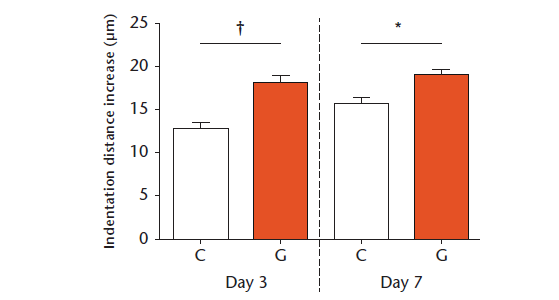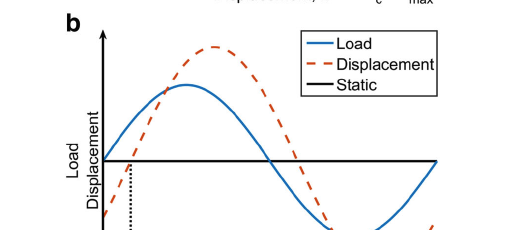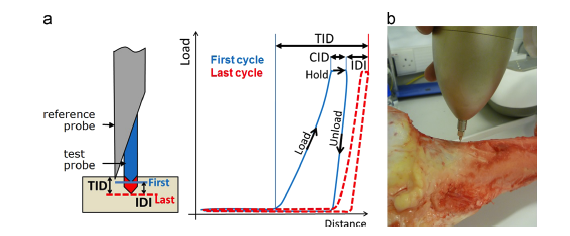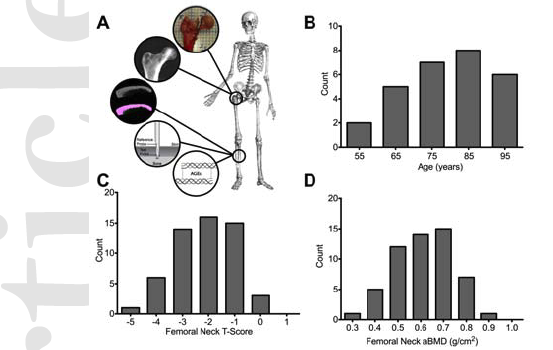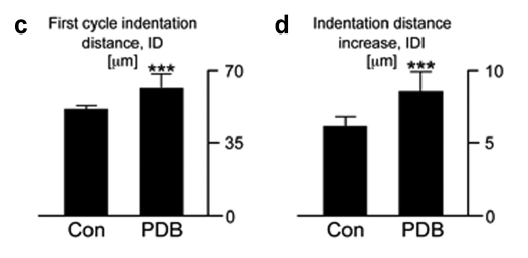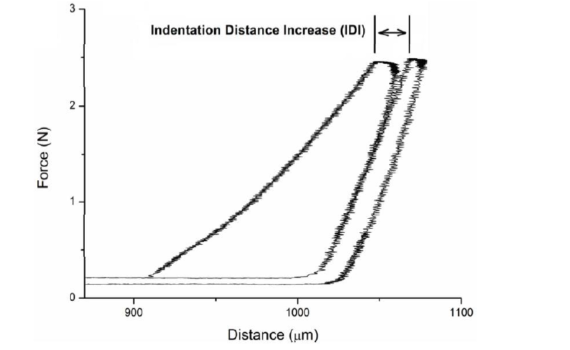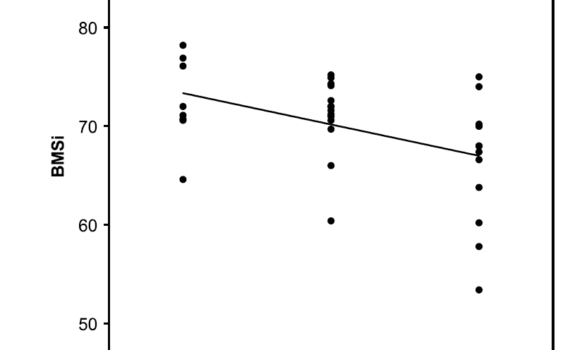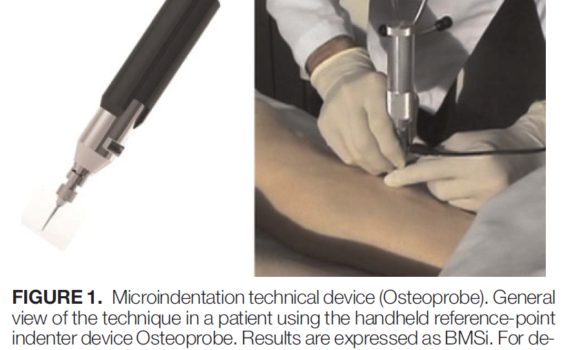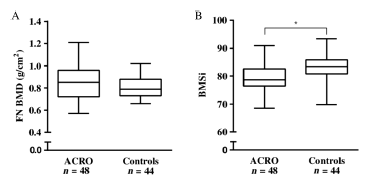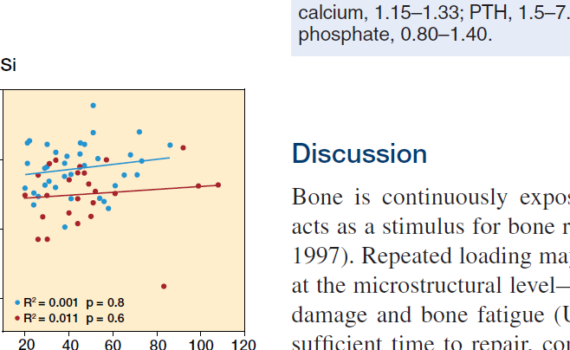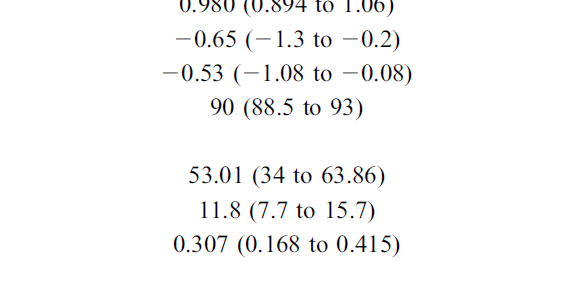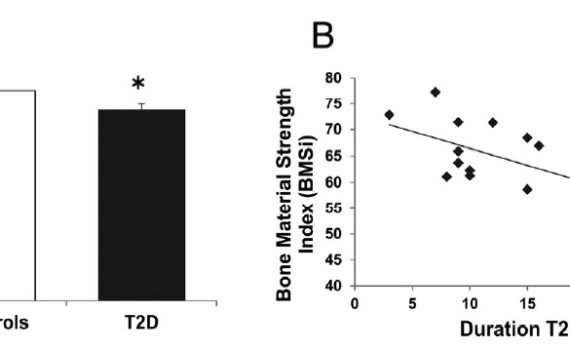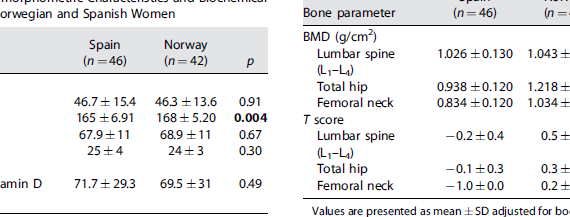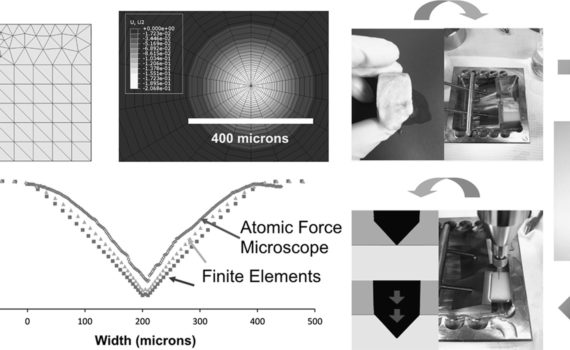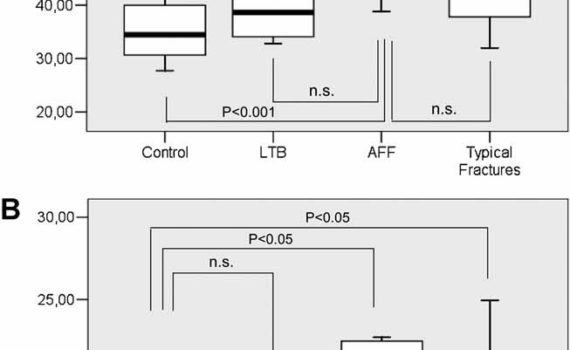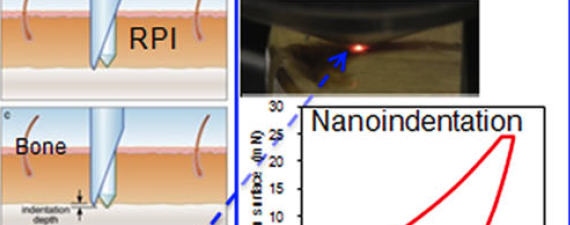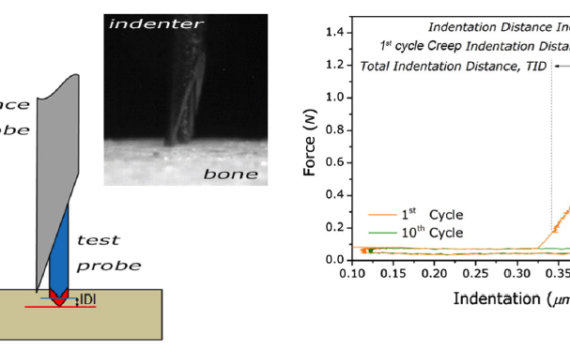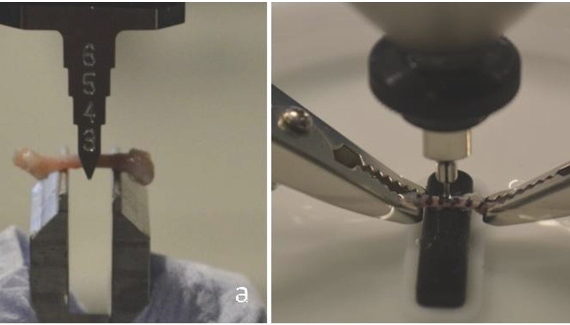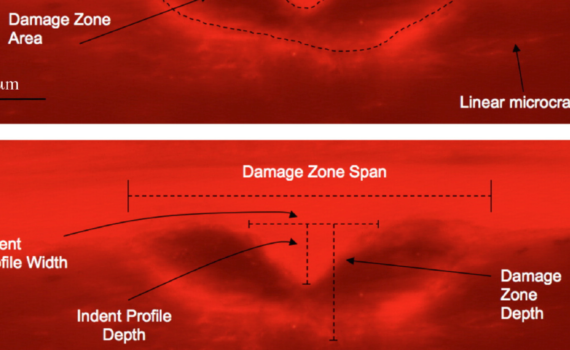Abstract BACKGROUND: Successful fracture fixation depends critically on the stability of the screw-bone interface. Maximum achievable screw torque reflects the competence of this interface, but it cannot be quantified prior to screw stripping. Typically, the surgeon relies on the patients’ bone mineral density and radiographs, along with experience and tactile […]
Bone quality
Abstract OBJECTIVES: Advanced glycation end-products (AGEs) are a post-translational modification of collagen that form spontaneously in the skeletal matrix due to the presence of reducing sugars, such as glucose. The accumulation of AGEs leads to collagen cross-linking, which adversely affects bone quality and has been shown to play a major […]
Abstract Fracture non-unions and bone re-fracture are common challenges for post-fracture management. To achieve better prognosis and treatment evaluation, it is important to be able to assess the quality of callus over the time course of healing. This study evaluated the potential of spatially offset Raman spectroscopy for assessing the […]
Abstract Tissue-level mechanical properties characterize mechanical behavior independently of microscopic porosity. Specifically, quasi-static nanoindentation provides measurements of modulus (stiffness) and hardness (resistance to yielding) of tissue at the length scale of the lamella, while dynamic nanoindentation assesses time-dependent behavior in the form of storage modulus (stiffness), loss modulus (dampening), and […]
Abstract Reference Point Indentation (RPI) is a novel microindentation tool that has emerging clinical potential for the assessment of fracture risk as well as use as a laboratory tool for straight-forward mechanical characterisation of bone. Despite increasing use of the tool, little research is available to advise the set-up of […]
Abstract Reference Point Indentation (RPI) has been proposed as a new clinical tool to aid the diagnosis of Osteoporosis. This study has examined the performance of the tool within entire femurs to improve the understanding of the mechanical properties of bone and also to guide future RPI testing to optimize […]
Abstract The diagnosis of fracture risk relies almost solely on quantifying bone mass, yet bone strength is governed by factors at multiple scales including composition and structure that contribute to fracture resistance. Furthermore, aging and conditions such as diabetes mellitus alter fracture incidence independently of bone mass. Therefore, it is […]
Abstract Non-enzymatic glycation (NEG) is an age-related process accelerated by diseases like diabetes, and causes the accumulation of advanced glycation end-products (AGEs). NEG-mediated modification of bone’s organic matrix, principally collagen type-I, has been implicated in impairing skeletal physiology and mechanics. Here, we present evidence, from in vitro and in vivo […]
Abstract Paget’s disease of bone (PDB) is the second most common bone disease mostly developing after 50 years of age at one or more localized skeletal sites; it is associated with severely high bone turnover, bone enlargement, bowing/deformity, cracking, and pain. Here, to specifically address the origins of the deteriorated […]
ABSTRACT Characterization of bone is important as it aids in the understanding of bone pathologies and their corresponding treatments. Assessment of cortical bone morphology has been identified as an important aspect of overall bone quality as it contributes significantly to the mechanical strength of bone. In the first part of […]
Abstract The aim of the study was to test, whether bone material strength differs between different subtypes of osteoporotic fracture and assess whether it relates to vertebral fracture severity. Cortical bone material strength index (BMSi) was measured by impact microindentation in 66 women with osteoporotic fracture and 66 age- and […]
Abstract BACKGROUND: Bone mineral density (BMD) measured by dual-energy x-ray absorptiometry is used to assess bone health in kidney transplant recipients (KTR). Trabecular bone score and in vivo microindentation are novel techniques that directly measure trabecular microarchitecture and mechanical properties of bone at a tissue level and independently predict fracture […]
Abstract OBJECTIVE: Acromegaly is a rare disease caused by excess growth hormone (GH) production by the pituitary adenoma. The skeletal complications of GH and IGF-1 excess include increased bone turnover, increased cortical bone mass and deteriorated microarchitecture of trabecular bone, associated with a high risk of vertebral fractures in the […]
Abstract Osteoporosis is defined as a reduction in bone mass and impairment of bone quality that lead to bone fragility and fracture risk. Bone quality includes a hierarchy of properties from macroscopic to nanoscale level. Several techniques have been developed in an attempt to measure these non-density properties. Densitometry, high-resolution […]
Abstract Background and purpose — Bone fragility is determined by bone mass, bone architecture, and the material properties of bone. Microindentation has been introduced as a measurement method that reflects bone material properties. The pathogenesis of underlying stress fractures, in particular the role of impaired bone material properties, is still […]
Abstract Low bone mineral density (BMD) in HIV-infected individuals has been documented in an increasing number of studies. However, it is not clear whether it is the infection itself or the treatment that causes bone impairment. Microindentation measures bone material strength (Bone Material Strength index) directly. We recruited 85 patients, […]
Abstract CONTEXT: Skeletal deterioration, leading to an increased risk of fracture, is a known complication of type 2 diabetes mellitus (T2D). Yet plausible mechanisms to account for skeletal fragility in T2D have not been clearly established. OBJECTIVE: The objective of the study was to determine whether bone material properties, as […]
Abstract Hip fracture rates in Norway rank among the highest in the world, more than double that of Spanish women. Previous studies were unable to demonstrate significant differences between the two populations with respect to bone mass or calcium metabolism. In order to test whether the difference in fracture propensity […]
Abstract In an attempt to study the mechanical behavior of bone under indentation, methods of analyses and experimental validations have been developed, with a selected test material. The test material chosen is from an equine cortical bone. Stress-strain relationships are first obtained from conventional mechanical property tests. A finite element […]
Abstract Atypical femoral fractures (AFF) associated with long-term bisphosphonates (LTB) are a growing concern. Their etiology is unknown, but bone material properties might be deteriorated. In an AFF series, we analyzed the bone material properties by microindentation. Four groups of patients were included: 6 AFF, 38 typical osteoporotic fractures, 6 […]
Abstract Bone tissue mechanical properties are deemed a key component of bone strength, but their assessment requires invasive procedures. Here we validate a new instrument, a reference point indentation (RPI) instrument, for measuring these tissue properties in vivo. The RPI instrument performs bone microindentation testing (BMT) by inserting a probe […]
Abstract The likelihood of suffering a bone fracture is not solely predicated on areal bone mineral density. As people age, there are numerous changes to the skeleton occurring at multiple length scales (from millimeters to submicron scales) that reduce the ability of bone to resist fracture. Herein is a review […]
Abstract Limitations associated with current clinical fracture risk assessment tools highlight the need for increased understanding of the fracture mechanisms of the bone and, ideally, a means of assessing this in vivo. Being a multi-layered hierarchical structure, the overall properties of the bone are dictated by its structural and compositional […]
Abstract Bone fragility is a concern for aged and diseased bone. Measuring bone toughness and understanding fracture properties of the bone are critical for predicting fracture risk associated with age and disease and for preclinical testing of therapies. A reference point indentation technique (BioDent) has recently been developed to determine […]
Abstract Measurement of bone mineral density (BMD) is the clinical gold standard in cases of compromised skeletal integrity, such as with osteoporosis. While BMD is a useful measurement to index skeletal health, it is also limited since it cannot directly assess any mechanical properties. The ability to directly assess mechanical […]


